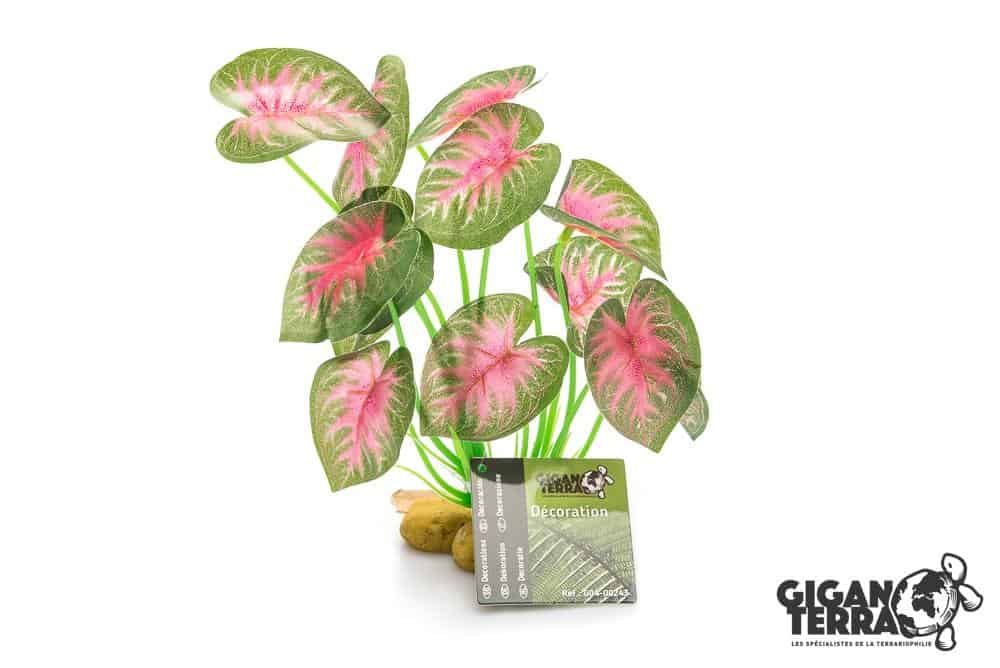
The fish’s produced carbon dioxide has been utilized by the plants during photosynthesis, which oxygenates the aquarium in exchange.Īnd when it concerns fish survivability and fertility, oxygen is a critical component. Pothos plants help the tanks oxygenate on the run smoothly. To counteract this, use a Pothos plant in the tank. When the nitrate concentration of the water increases, your fish may become ill and possibly die. However, the Pothos absorbs nitrates at a rate that is 20 to 40 ppm higher than that of other plants. This plant is renowned for its nitrate-absorbing properties, much like all other freshwater fish tank plants.

Furthermore, the large Pothos plant leaves make an excellent resting location.

Besides, the plant provides ideal, cozy spaces for the fish to reproduce and lay eggs. These roots give places for larvae and fish to create homes and shelter. Pothos roots are also perfect for blocking the line of vision in the aquarium, allowing fish to readily hide between roots. Give Protectionįish and eggs are shielded by the pothos plant’s substantial and deep root system. These plants also help to remove algae in your aquarium over time. Pothos plants will progressively minimize algae development since they effectively extract nitrates from the water. It indicates a nutritional shortage and signifies that the aquarium receives excessively light or has high nitrate content.

Here are several benefits of including this plant in your aquarium.Īquarium algae may be a tremendous headache for any fish keeper. However, adding pothos to an aquarium has a lot of extra advantages. They may serve as a focal point in any environment and are stunning to look at. Keeping your home decor looking sharp is possible with an aquarium. The plants expand between 12 and 18 inches per month. They are relatively simple to grow at home. You can maintain these plants in your aquarium all year long. Taro Vine, Golden Pothos, Money Plant, Pothos plant, Devil’s Ivy The heart-shaped leaves of Pothos plants can occasionally display yellow, white, or even pale-green patterns on top of their normally green tint. In its native environment, this vine may reach a height of 40 feet and a similar size when grown indoors. The Pothos plant is a verdant, spreading vine. Read on to have a better understanding of the wide Pothos plant varieties. It will give your house or business a lovely appeal. Therefore, drape the plant’s green section over the edge of the tank. They will develop into a lovely vine that reaches beyond your tank. With its deep roots and large leaves, Pothos provides remarkable biological purification for your aquarium and an excellent hiding spot for little fish. Pothos plants can flourish and oxygenate your aquarium. But is the aquarium’s pothos plant a wise choice? They are incredibly advantageous and simple to spread. Additionally, it is becoming a typical plant included in aquarium decor. You may add beauty and air purification to your aquarium by adding pothos. Read moreĪ fish tank in your house is a lucky and prosperous symbol. I completed my graduation in marine biology and became. You may want to put them at the sides and front – this is a matter of personal preference.Hi, this is your friend Clifton Ervin, the founder and chief editor of this site, Aquariumwolf.

If they are planted too shallow, they are likely to not root into the substrate and start floating.Īnacharis is usually used as a background plant so you’ll want to place them along the back wall of your aquarium. If you plant the Anacharis too close to one another you don’t provide them enough space to grow because they will be fighting for nutrients. Leave a space of at least an inch between each plant. Then bury the plant in 1-2 inches of the substrate. Remove the leaves on the bottom section of the stem to allow the stem to be buried. If you spot any bits that look like they are withered or damaged, especially around where the bands have been, then they can carefully be cut off with a pair of scissors. Once you’ve removed the band from your stems you can separate them and check each one individually for any signs of damage. Ponds of 200+ square feet – 1 bunch per 3-4 square feet.Ponds between 51-200 square feet – 1 bunch per 2-3 square feet.Ponds up to 50 square feet – 1 bunch per square foot.


 0 kommentar(er)
0 kommentar(er)
